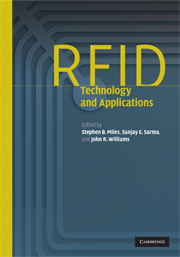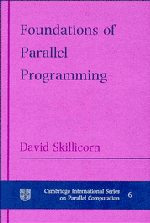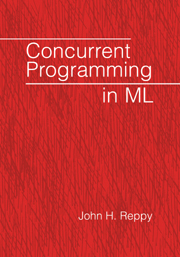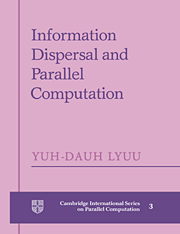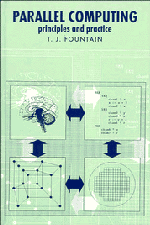This is the chapter where the reader first approaches the world of networks. The preliminary step to take consists in providing a succinct introduction to the analysis of the signals that, either in the electrical or in the optical domain, carry data information across networks.
Also, before throwing onto the floor the first Lego bricks and the instructions to let the reader build the composite view of modern computer networks, a review of the “fabric” of these bricks is needed. A light excursus is thus provided, to gain a basic acquaintance with copper wires, fiber optics and the radio channel, each transmission medium being employed in specific networking contexts.
Network classification comes next: it is a useful exercise to gain familiarity with the main ideas and the terminology peculiar to the world of networks. This is followed by the introduction of the crucial notion of delay, as well as by a miscellanea of concepts that cross different areas, spanning from sources of network traffic to service classification, from performance metrics to quality of service.
Following a pattern that will shape the exposition throughout the entire book, a direct experience is proposed and commented at the end of the chapter, to let the reader confront the real world via a first-hand adventure.
Signals: time and frequency analysis
Indeed, our aim is to talk about networks. Before doing so, however, we have to recall the fundamentals of signal analysis, to understand what type of information we are moving around.
